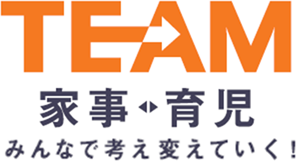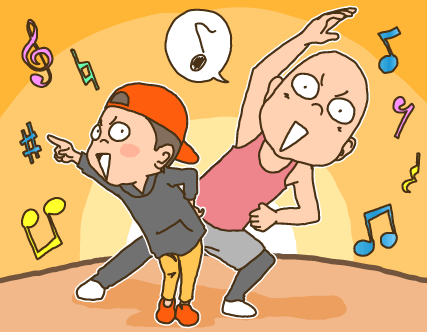Table of Contents
- Parenting Manga “The key to dancing is to have fun!”
- Dancing with parents and children is fun! Dance with Dad!
Parenting Manga “The key to dancing is to have fun!”
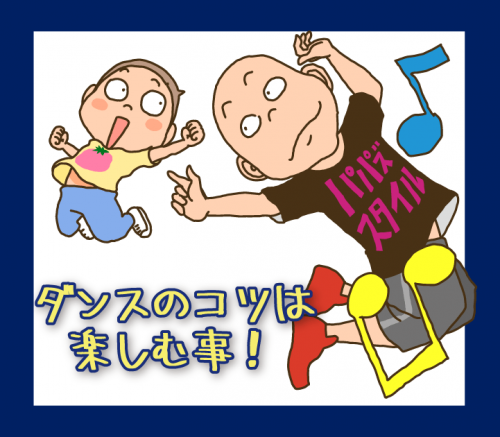
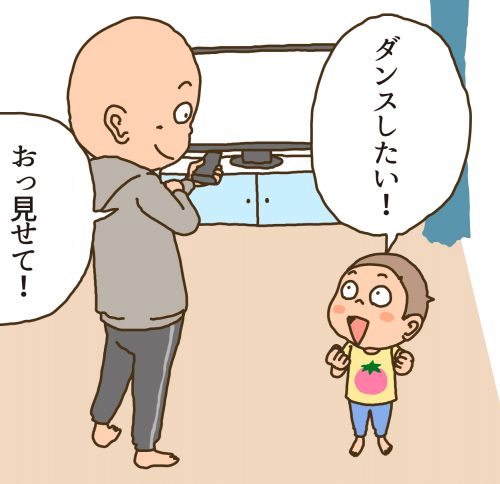
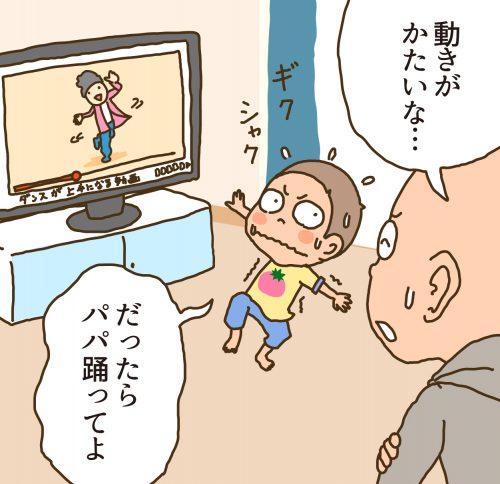
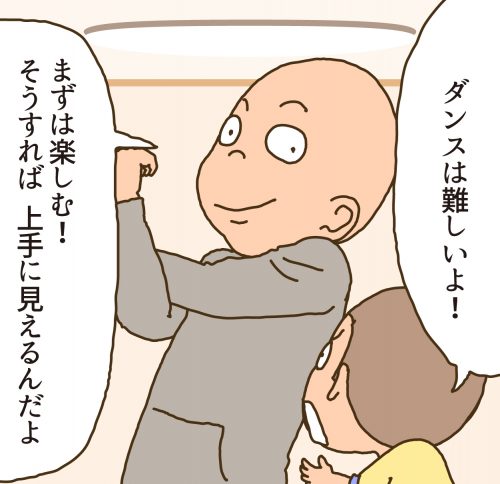
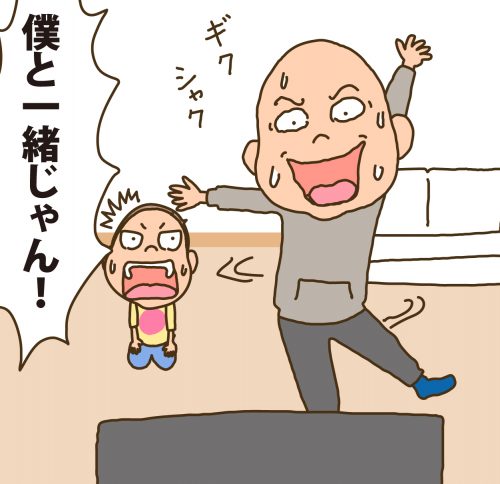
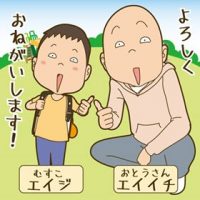
Profile
A1
After working for a design company in Tokyo, he became a freelance illustrator. He is a hard-working father who produces animation, manga, and illustrations, including winning the Yubari International Fantastic Film Festival’s International Short Film Showcase Division Excellence in Animation Award.
Dancing with parents and children is fun! Dance with Dad!
During the cold season, people tend to stay still in their rooms.
If so, why not dance and play with your child?
Parents and children can warm their hearts and bodies by dancing to the rhythm and groove of the dance.
It’s okay for moms and dads who have never danced before.
This time,
Tips on how to enjoy dancing with children and
Learn how to make handmade items to enhance your dance!
Let’s dance with parents and children!
Yuuki Mihara, who began his career as a nursery school teacher, is now the president of Gyugyutto Happy Co., Ltd. which holds parent-child dance events and other events that combine dance and childcare.
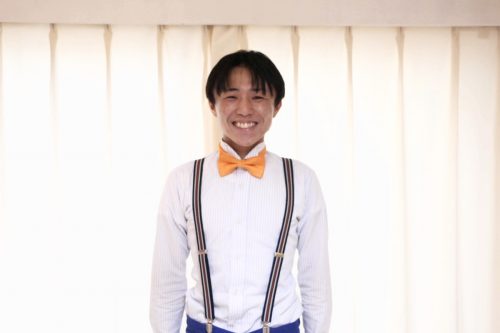
Dance is a communication tool for parents and children
Since I was a student, I have seen people of different languages, nationalities, and ages smile through dance.
Dance is not just exercise, but also a communication tool that connects people to each other.
When parents and children enjoy themselves together, they can naturally share their feelings with each other, which leads to mutual recognition of each other’s existence and fosters parent-child love.
When parents and children dance together, many parents feel hurdles in the dance because they feel they must be able to do it well, even though their children just enjoy moving their bodies.
However, the action of raising one’s hands is also essentially dancing.
There is no good or bad way to raise your hands, and there is something wrong with being pointed out as wrong, isn’t there? For a child, dancing with his/her favorite mom and dad is one event.
Therefore, enjoyment should be of utmost importance.
Because dance can be done by imitation and does not require perfection, it is easy for children to accumulate small “I did it” results, and it is a form of exercise that helps them develop a sense of self-esteem.
It is important to praise and acknowledge children with an axis of empathy rather than an axis of evaluation, as in, “You are good at that, so it’s great,” but “You can do that kind of movement, too.
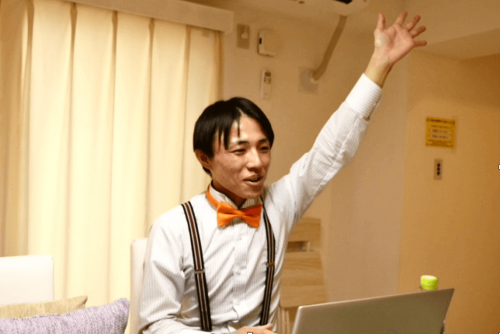
Points to keep in mind when dancing with parents and children
Be careful where and how you dress to ensure your child’s safety at the dance.
Try to do it with your hands outstretched, at a distance where you will not bump into objects, and on a material that softens the impact (rug, mat, or carpet).
Clothing should be stretchy and easy to move in, such as sweatshirt material.
Also, since children can become engrossed in the dance and forget to hydrate themselves, it is advisable to check the amount of sweat they are sweating and encourage them to drink water as needed.
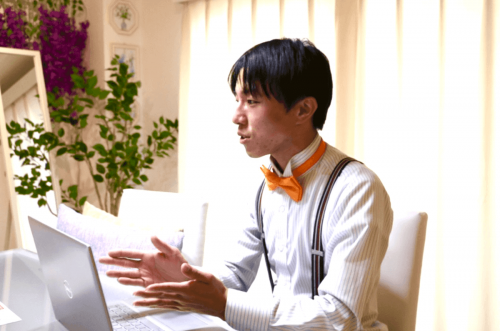
Dance Tips for Parents and Children
When dancing with children, use large movements and express emotions clearly.
In addition, if the content of the session involves physical contact with the child, such as high-fiving, the child can communicate affection through skinship.
Here are some examples of choreography that can be easily incorporated into any song and that children will enjoy.
Waving arms to express excitement
Spinning together, holding hands.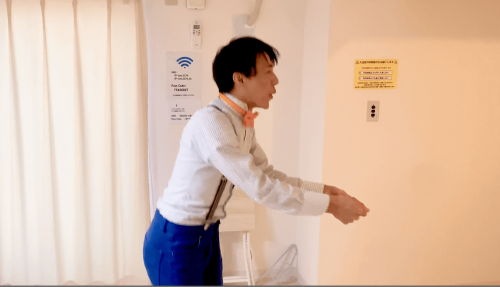
Gently poke and prod each other’s body with index fingers.
Be careful not to poke your eyes out! 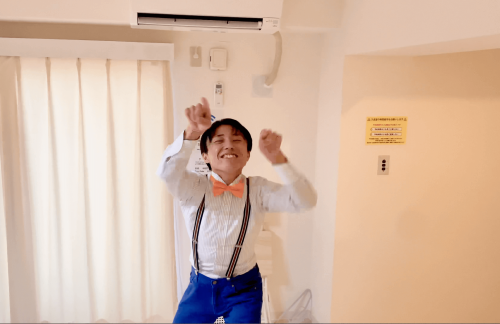
high five 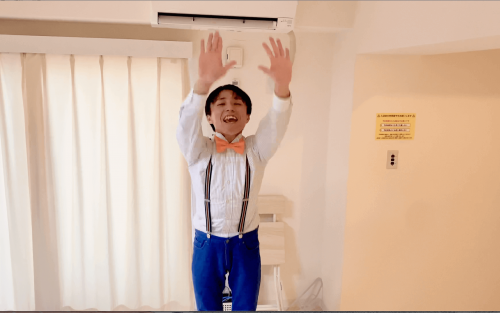
After a tight hug, open your arms to express your happy feelings. 
These dances can be done according to the age of the child.
For example, even a 0-year-old child who cannot yet walk can dance while being carried around and spinning with you.
The kids will enjoy doing just that.
Children 4 or 5 years old, who are gaining muscle strength, can freely arrange and enjoy the dance, such as dancing while jumping.
Handmade items to further enjoy dancing
Dancing with character or animal masks, dancing with toys that make sounds, etc., dance can be further enjoyed by using tools to broaden the range of expression.
In this issue, we will introduce handmade maracas bells and animal castanets.
<Handmade maracas bells
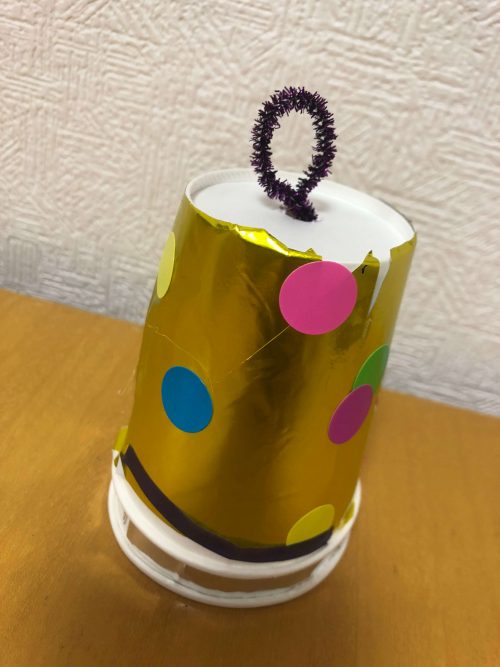
Materials & Tools
- Gold and silver origami
- 1 braid (about 15 cm)
- 1 splittable chopstick
- 2 paper cups
- seal
- bell (often globular)
- double-sided tape
- scissors
- ball-point pen
way of making
- 1Cut gold origami paper to the size of the side of the paper cup and silver origami paper to 1/2 the size of the side of the paper cup.
- Attach the origami created in 1) to the sides of 22 paper cups with double-sided tape.
(One attaches gold origami paper to the entire surface. The other is a paper cup with the bottom facing up and silver origami paper attached to the bottom half side) - 3Place a sticker of your choice on the side of the gold paper cup.
- Punch a hole in the center of the bottom of 42 paper cups with a ballpoint pen.
- 5Wrap a split end cut into 3cm pieces around the end of the braid so that it forms a T-shape.
- 6Put a bell on top of a silver paper cup with the bottom of the cup facing up.
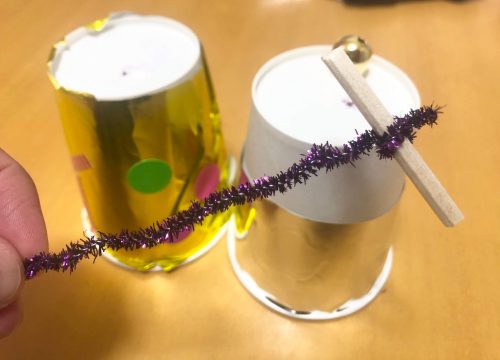
- 7Layer a gold paper cup on top of a silver paper cup.
- 8Pass the braid through the two paper cup holes from the inside of the paper cup.
(Make sure the split ends are stuck in the silver paper cups.)
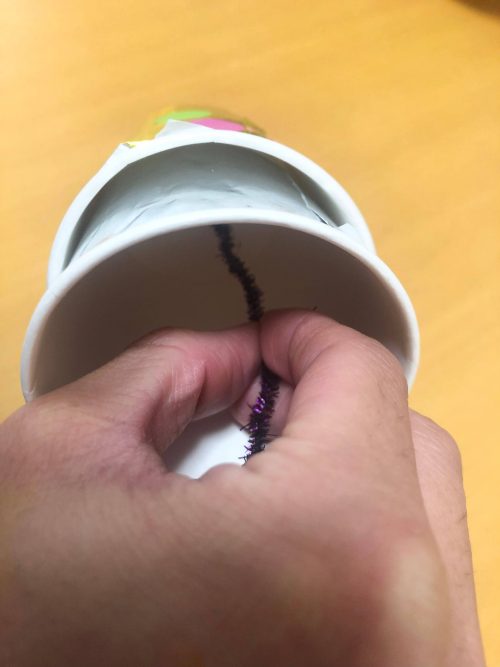
- 9Complete by arranging the braid that came out of the outside of the paper cup into a loop.
Notes, etc.
- When using small objects such as bells, control them so that small children do not accidentally ingest them.
- Since the ends of the braid are pointed, please be careful not to get them into your eyes or damage your skin.
- Substitute other materials such as acorns or rice for the bell to change the sound. Please enjoy playing with various materials.
<Animal castanets
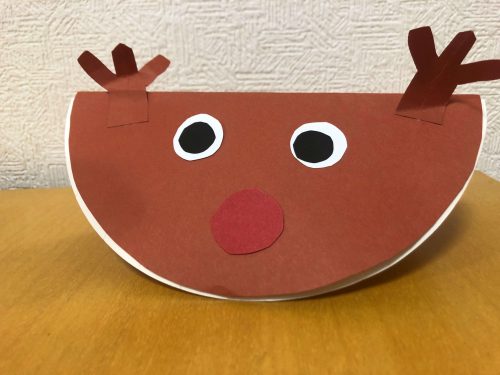
Materials & Tools
- 1 paper plate
- colored paper
- 2 plastic bottle caps
- 2 paper cups
- double-sided tape
- vinyl tape
- scissors
way of making
- 1Paper plate with colored paper on one side (either back or front side is OK)
- 2Fold the colored paper in two with the unglued side inside.
- 3Adhere plastic bottle caps to the inside edges and ends of the paper plate with vinyl tape, respectively.
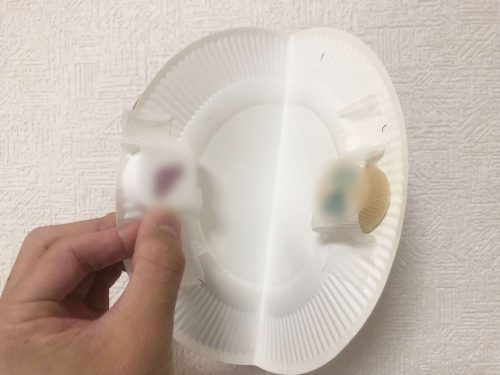
- Make the animal’s eyes, mouth, and ears out of 4-color paper, and attach them to the outside of the paper plate with double-sided tape to complete the project.
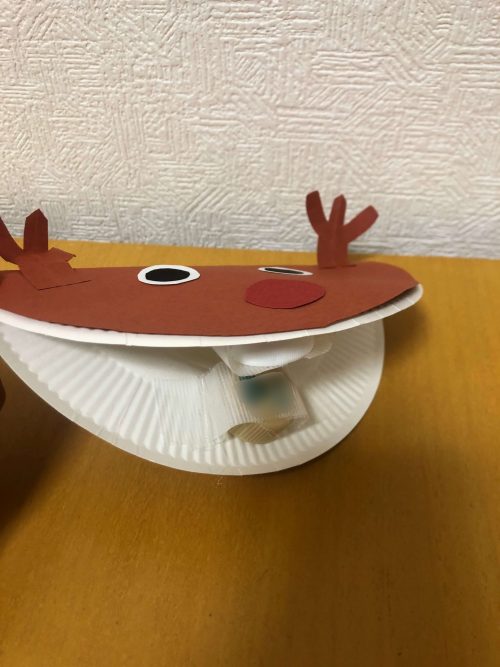
Feel free to play music, sing songs together, and enjoy dancing with handmade items while feeling the rhythm.

We found that skinship through dance strengthens the bond between parents and children.
Some parents may feel embarrassed to dance, but we encourage you to cherish this time when you can dance with your children and try to incorporate it into your home.

